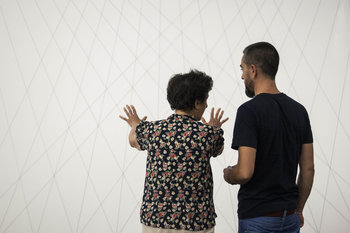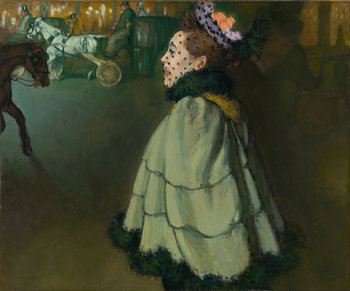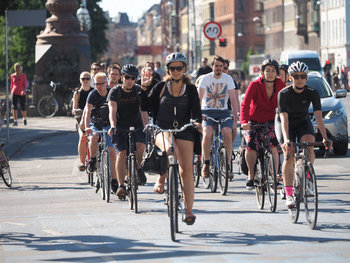
Client Pitch
An architectural firm pitches multiple design concepts to the same client. The firm has competition for the contract and multiple concepts increase the chance the firm will be selected.Innovation
A standard innovation approach is to experiment with as many ideas as possible in a lightweight way. This may involve multiple teams and individuals developing concepts and prototypes on a regular basis that are quickly evaluated. In many cases, only a small fraction of early ideas become a product.Contests
Internal or crowd-sourced contests to design products, services, experiences, interfaces or graphics. For example, a sporting goods firm might regularly ask for pitches from the community for snowboarding technologies and art.| Overview: Parallel Design | ||
Type | ||
Definition | Designing several solutions in parallel for the same project. | |
Related Concepts | ||





























